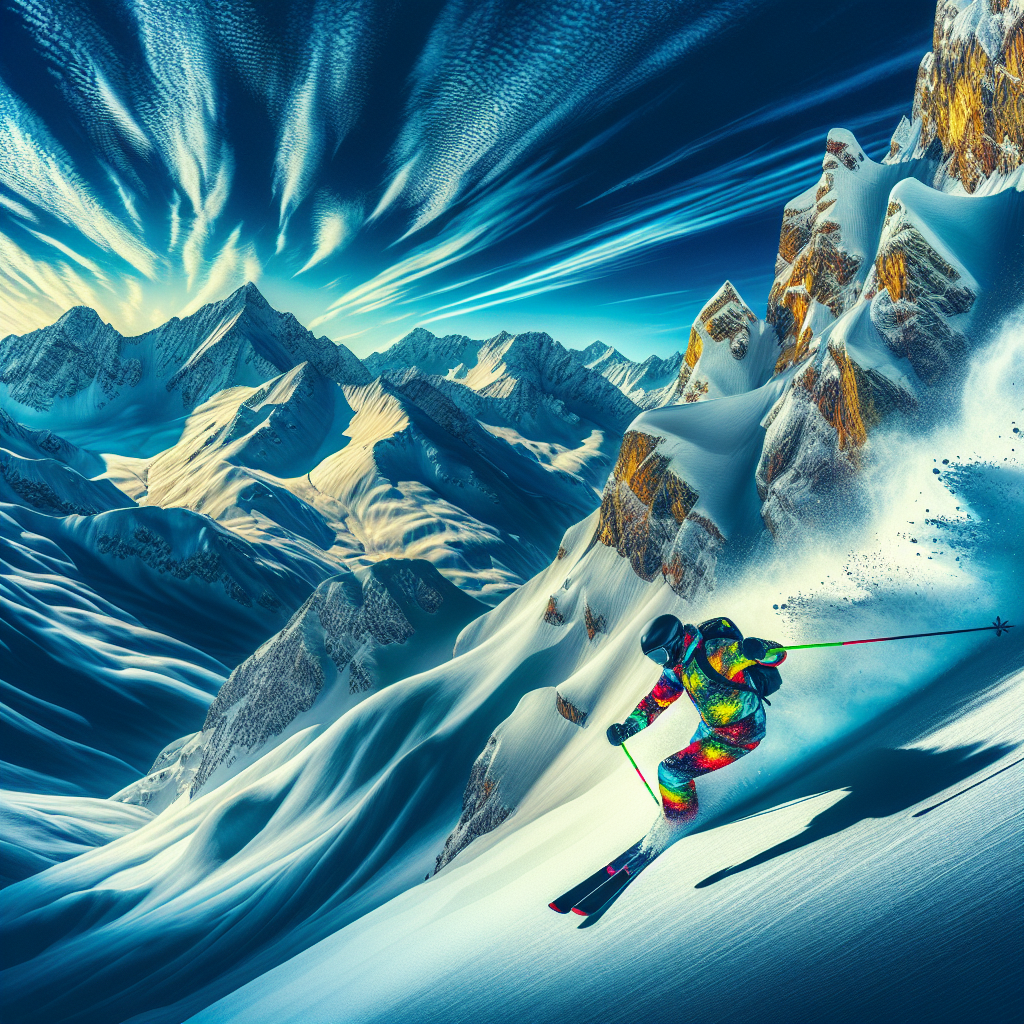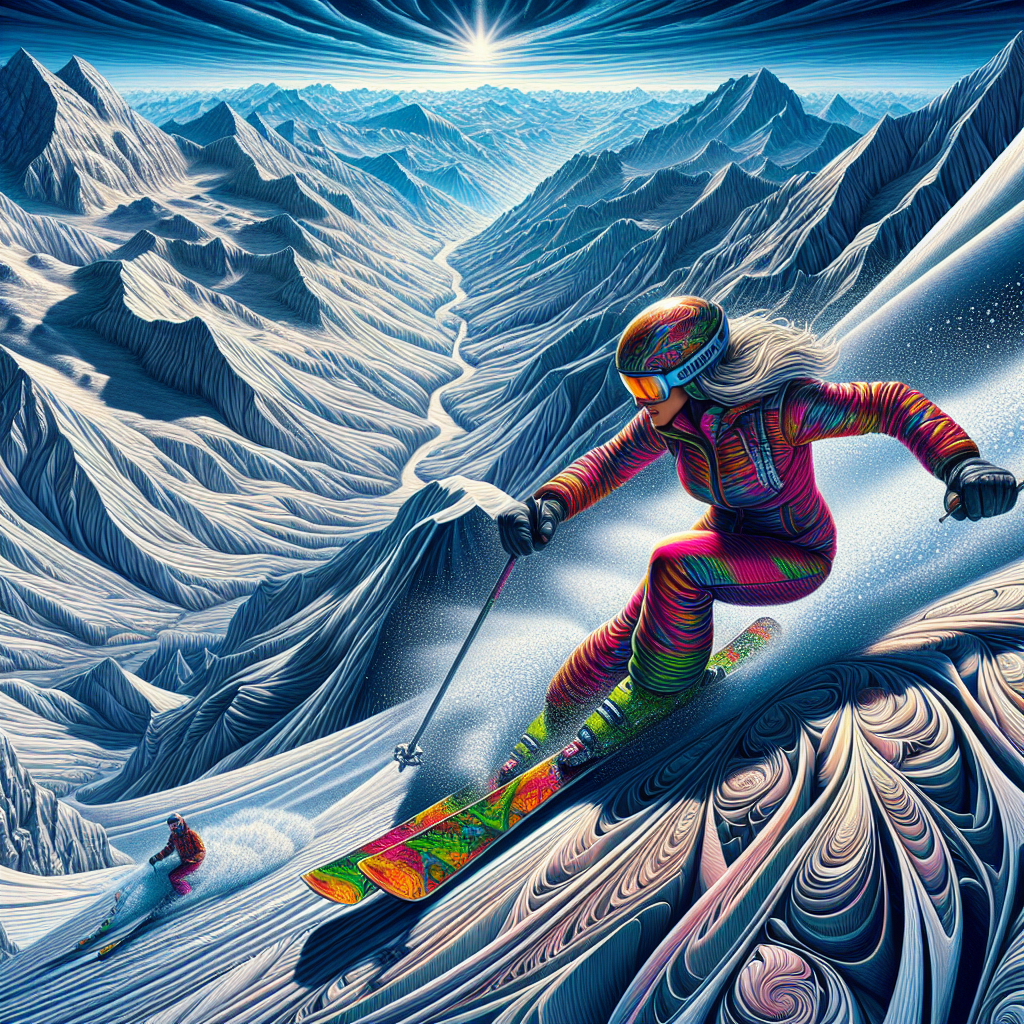Utah’s landscape is a snow-covered paradise, offering some of the most exhilarating backcountry skiing experiences in the world. For those who crave adventure beyond the crowded trails of ski resorts, This is the best time for backcountry skiing in Utah. It provides a unique opportunity to explore pristine wilderness and untouched slopes. Whether you’re drawn by the challenge or the serenity, understanding the best time of year for backcountry skiing in Utah is crucial to maximizing your experience and safety.
Table of Contents
Introduction to Backcountry Skiing in Utah
Utah is a haven for backcountry skiing enthusiasts. Known for its diverse terrain and deep powder, this state offers a myriad of opportunities for skiers looking to escape the hustle and bustle of traditional ski resorts. With the Wasatch Range and the Uinta Mountains providing a formidable backdrop, Utah’s backcountry is as challenging as it is rewarding. For those new to the area or the sport, it is important to gain an understanding of what makes Utah’s backcountry skiing so appealing.
The allure of backcountry skiing lies in its purity and simplicity. Away from the groomed trails and ski lifts, skiers can find solitude amidst breathtaking landscapes. However, with great beauty comes great responsibility, and safety should always be at the forefront of any backcountry excursion.
Best Seasons for Backcountry Skiing

When planning a backcountry skiing trip in Utah, timing is crucial. The state’s weather and snow conditions change a lot throughout the year, affecting when and where you can ski. Knowing Utah’s climate helps you pick the best time for your adventure.
Winter, from December to February, is usually prime time for backcountry skiing. Utah gets its heaviest snowfall then, making it perfect for skiing. Each month has its quirks, though. December’s all about fresh, deep powder—ideal if you’re after a challenge. By January, the snowpack stabilizes, so it’s safer to hit the slopes. February comes with longer days, giving you more daylight to explore Utah’s vast backcountry.
Preparing for a Safe and Enjoyable Backcountry Skiing Trip
Safety is paramount when venturing into Utah’s backcountry. To ensure a safe and enjoyable trip, proper preparation is essential. Begin with the right gear and equipment.
- Avalanche transceivers
- Shovels
- Probes
- Appropriate clothing layers for warmth and dryness
- Skis designed for backcountry use
- Skins
- Poles
Avalanche awareness is crucial. Before embarking on any backcountry adventure, check the avalanche forecast and educate yourself on how to identify potential hazards. Consider taking an avalanche safety course to enhance your knowledge and skills.
For those new to backcountry skiing, it’s best to start with well-known paths. The Uinta Mountains have some easy routes for beginners, while the Wasatch Range has tougher ones for experienced skiers. Always decide your path before you go and let someone know your plans.
The Impact of Backcountry Skiing on Utah’s Environment
While enjoying the beauty of Utah’s backcountry, it’s important to ski responsibly to minimize environmental impact. Respect wildlife and plant life by staying on designated paths and avoiding fragile ecosystems. Pack out all trash and leave no trace to preserve the natural beauty of these areas for future generations.
Consider carpooling or using public transportation to reduce your carbon footprint. Small actions can contribute significantly to preserving Utah’s stunning landscapes.
Conclusion
Backcountry skiing in Utah offers an unmatched blend of challenge, beauty, and tranquility. By understanding the best times to ski and preparing adequately, you can enjoy a safe and unforgettable adventure. Whether you’re an experienced skier or new to the sport, Utah’s backcountry beckons with open arms. Embark on your next skiing adventure and share your experiences with others. Your stories could inspire fellow enthusiasts to explore the magic of Utah’s backcountry skiing.
FAQs on Best Time for Backcountry Skiing in Utah
Q1: When is the best time to go backcountry skiing in Utah?
The best time for backcountry skiing in Utah is during the winter months, from December to February. This period typically offers the heaviest snowfall and the best snowpack conditions. Each month has its benefits—December is known for its deep, fresh powder, January offers a stable snowpack, and February provides longer days for extended exploration.
Q2: How does Utah’s climate affect backcountry skiing conditions?
Utah’s unique climate plays a significant role in backcountry skiing. The state experiences substantial snowfall during the winter months, creating ideal skiing conditions. However, it’s essential to monitor weather patterns and snowpack stability through local avalanche forecasts to ensure safe skiing conditions.
Q3: What should I consider when choosing a time for backcountry skiing in Utah?
When choosing the best time for backcountry skiing, consider factors like snow conditions, weather forecasts, and personal skiing preferences. Also, consider safety conditions, including avalanche forecasts, and plan your trip accordingly to maximize safety and enjoyment.
Q4: Are there any specific safety measures to take in different months?
Yes, safety measures can vary based on the month. In December, be cautious of unstable snow due to early snowfall. By January and February, the snowpack becomes more stable, but it’s still crucial to check avalanche forecasts and conditions before heading out.
Q5: Can beginners enjoy backcountry skiing in Utah during the best season?
Absolutely, beginners can enjoy backcountry skiing in Utah during peak season with the right preparation and guidance. It’s advisable to start on well-known easier paths, and consider participating in a guided tour or taking an avalanche safety course for confidence and safety.
